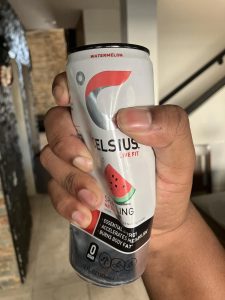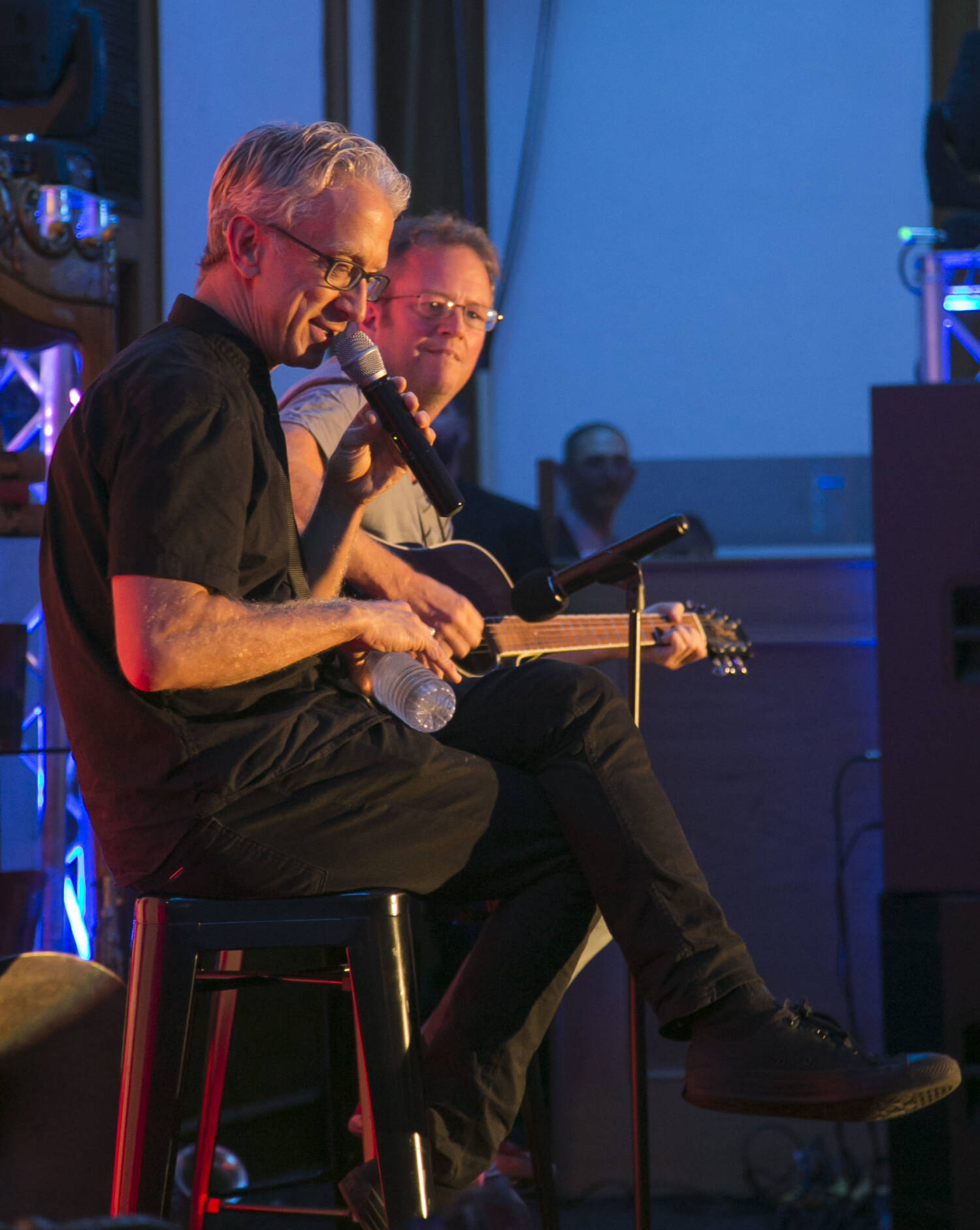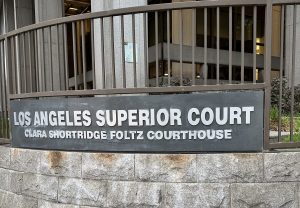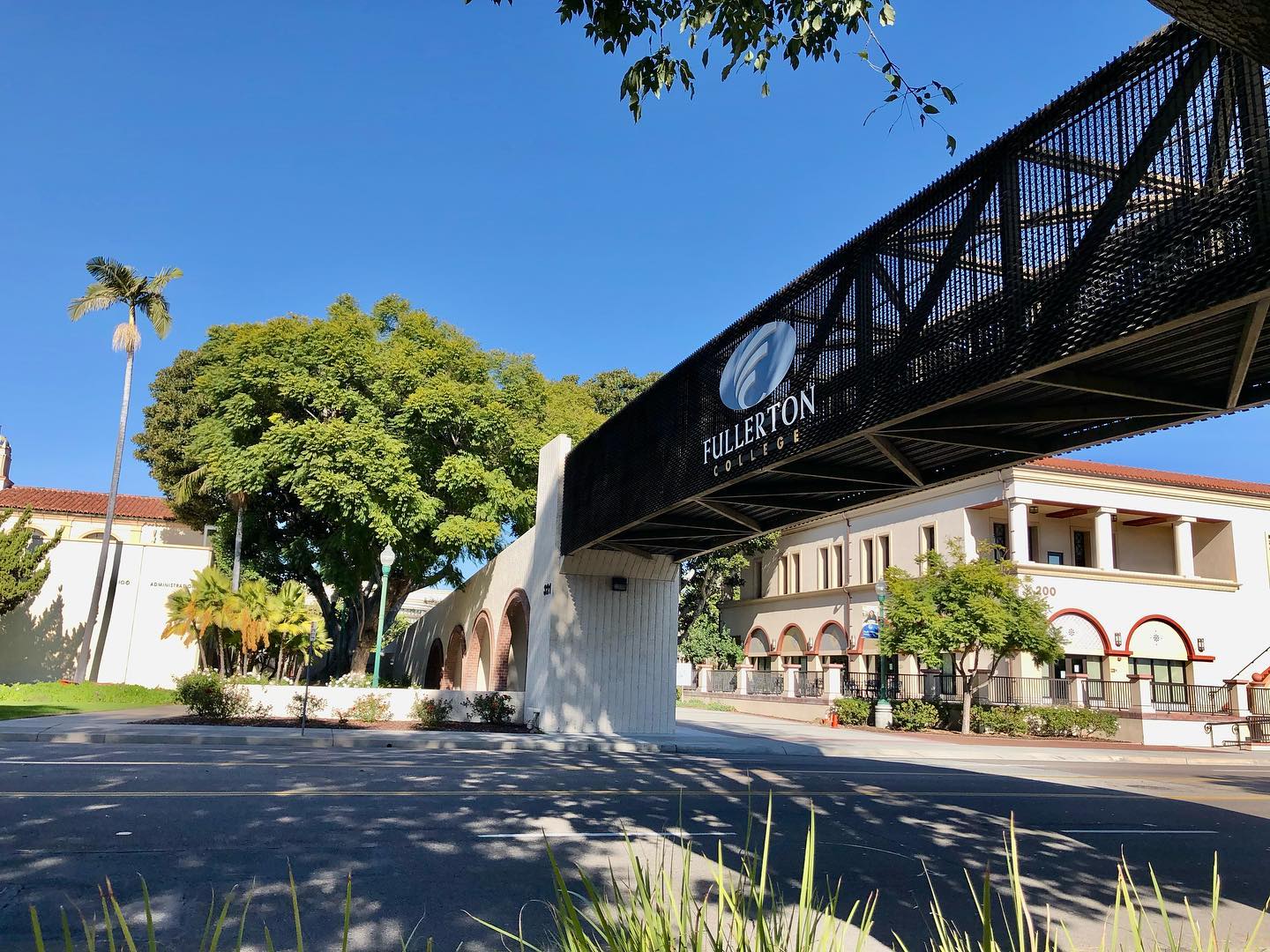The findings of an Environment Impact Report (EIR) completed on the Sherbeck Field improvement project were released in a draft publication on May 15. The EIR measured the effects of how construction and the completed field would have on the surrounding area.
The proposed improvements to Sherbeck include the addition of permanent aluminum bleachers that would fit 4,417 people, field lighting, a new sound system, press box, storage building and the usage of the field by the Hornets football team for home games.
The EIR was prepared by Dudek, a company that staffs environmental planners, scientists and engineers. It was founded in 1980 and is based in Encinitas. In the report Dudek lists each proposed improvement to the stadium with an analysis of the current environment conditions and if the stadium improvements would have a significantly negative impact.
The planned field lighting was studied for the possibility of causing a glare in the area that would affect day and nighttime views of the area and lighting spill over into the adjacent neighborhoods. There would be six lighting stanchions placed on their fielding ranging between 60 and 100 feet tall. The latest the lights would remain is 9:30 p.m. from Mondays through Thursdays, 8:30 p.m. on Fridays, 10:30p.m. on Saturdays, and 6 p.m. on Sundays.

The report measured the spill over levels from the proposed field lighting with an illumination summary. The summary lists the maximum spill over from the field lights as 0.08 foot-candles. The average lighting for residential indoor spaces is between 5-40 foot-candles.
The report of the potential for glare from the aluminum bleachers and metal lighting stanchions was listed as low. The lighting stanchions will be made from grey galvanized steel and are designed to be less reflective than other metals. The report also listed the cylindrical shape of the lighting structure as another deterrent for glare. A study of the glare protentional found that the highest level of glare would be from the surface of the playing field and would not be seen outside the stadium.
The results of the EIR listed impacts related to the construction process including noise level, traffic delays and road closures as significant and unavoidable. In an effort to lessen the protentional noise the NOCCCD will provide mitigation measures by outfitting construction equipment with noise-reduction devices and installing a temporary construction noise barrier at the eastern boundary of the project site.
Another signification and unavoidable impact listed was an increase of traffic from the usage of the field for Hornet football games. The NOCCCD will implement the placement of police department staff at the affected intersections and adjust to the traffic signal timers to manage traffic flow during the games.
The study also received 62 comment letters and 24 comment cards from the public on their concerns regarding the project. The comments raised concerns over the increased traffic, noise and suggested alternatives.
Other impacts such as aesthetics, biological resources, greenhouse gas emissions and water quality were listed on the report but deemed as less than significant.
If approved construction on the project would begin in early 2020 and would last approximately six months.
The complete report can be viewed at https://www.fullcoll.edu/wp-content/uploads/2019/05/000_EIR_Combined.pdf. There is a period that the public can submit comments on the report to the NOCCCD. Comments will be accepted until Jun 28. All comments on the report must be made in writing to the district office.



















Damion Lloyd • May 21, 2019 at 10:21 am
Out of curiosity, why did you not mention the dollar amount spent on this EIR or the total cost of the project? In all fairness to the people and neighborhood(s) that will be negatively affected by this project, Fullerton College paid (for this environmental report) $331,190.
Fullerton College and the NOCCCD also wishes for you to believe that they are not using taxpayer dollars to fund the stadium EIR or to build out these ‘needed’ improvements. However, 2008’s Measure X ($239 million) bond money was indeed used to build out the field house and install the artificial turf field and track that are perfectly usable in their present conditions.
How come Fullerton College has enough of their own money to fund a stadium, but needed $574 million in additional bond funds in 2016 (Measure J) for campus improvements? Something sure doesn’t add up– especially with all those CPAs in FC’s administration (President Greg Schulz, V.P. Rod Garcia, Richard Williams).